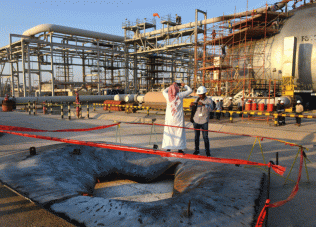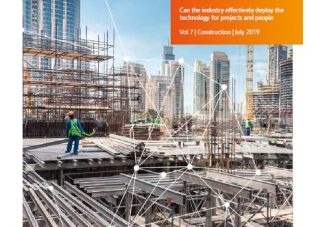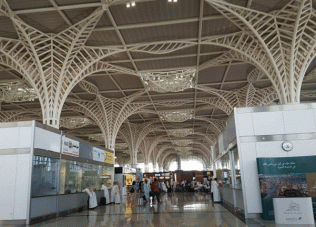Is this the end of public-private partnerships in the GCC?

A look back at the history of attempted PPP projects in the region highlights a catalogue of failures
When looking back on the history of the GCC projects market, we can mark 24 August 2017 as the date when the public-private partnership (PPP) model met its demise as a means of project procurement in the region.
It was on that day that Kuwait announced that the second phase of its Al-Zour North independent water and power project (IWPP) had been cancelled. The much-anticipated
project was the first in a string of projects under the country’s revised PPP law, and its cancellation in unclear circumstances threw the state’s already long-delayed and turbulent PPP strategy further into uncertainty.
On the face of it, there has never been a better time for the development of PPPs in the region. Government finances have been strained by lower oil prices, ministers speak of PPP in glowing terms, and all states express eagerness to get more private sector involvement and finance in their infrastructure sector. It is, and has been for some time now, the perfect environment for PPPs to prosper.

And yet what do we have to show for all the discussion and promotion of PPPs? The answer, unfortunately, is very little. It is true that independent power projects, independent water projects and IWPP models have been widespread in the GCC since the mid-1990s, and are now accepted as mainstream. There are also a handful of privatised airports and wastewater treatment plants in the region employing the PPP model.
But beyond these low-risk, guaranteed revenue schemes, there has been almost no progress to speak of.
A look back at the history of attempted PPP projects in the region highlights a catalogue of failures. From the Saudi Landbridge rail link and the Subiya Causeway in Kuwait, to Abu Dhabi’s Mafraq-Ghuweifat highway and Qatar’s Fifa World Cup football stadiums, time after time PPP schemes have been launched and then abandoned only to ultimately be done on a standard engineering, procurement and construction basis.
Wary investors
So if everyone agrees that PPP is the right option, why has the model not taken off? The answer lies in a combination of reasons.
Some GCC states still lack the necessary regulatory and legal frameworks for PPPs to succeed. In others, geopolitical events scare off potential investors.
Project owners frequently lack the expertise and experience of PPPs and their requirements, while the general absence of demand data makes forecasting an accurate return on investment sometimes impossible. And on some projects, the attribution of risk is at times too incumbent on the investor.
These are of course generalisations on very complex transactions, but at the end of the day, potential investors and their financial backers feel the risk they have to take on is too great despite any potential return.

“Governments often view PPP as a way of getting a project for free,” says one consultant who has been involved in multiple PPP projects over the years. “They are therefore reluctant to meet the private sector halfway when it comes to fair sharing of project risk, whether it is delivery, operational or demand.”
Even in the most welcoming of environments, such as Kuwait, where there is the right legal framework, an appropriately authorised body in the form of the Kuwait Authority for Partnership Projects (KAPP), and a government decree compelling PPP as the model for future projects, PPPs have yet to get off the ground.
Unless governments and project owners find a way of making PPPs work, this lack of progress will have a substantial negative impact on the market’s future performance. There are more than $75bn of future PPPs planned in the transport and construction sectors alone over the coming years, with a lot of companies anticipating their fruition.
However, if recent events are an indicator of their prospects, they are not something many would want to take a risk on.












